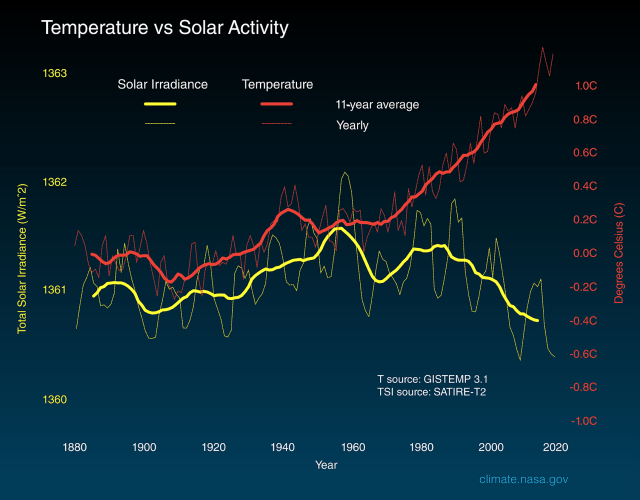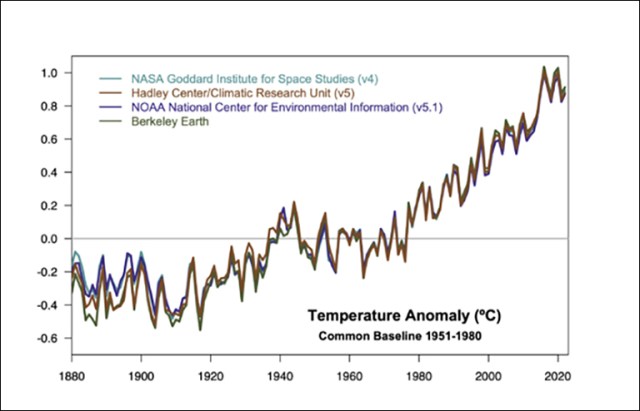Vegasgiants
Silver Member
- Apr 16, 2022
- 2,469
- 462
- 98
- Banned
- #321
It was cited, dummy.
Dissenting scientific opinions in the literature are not reflected in the various IPCC statements because of three reasons:
- Climate change and solar variability are both multifaceted concepts. As Pittock (1983) noted, historically, many of the studies of Sun/climate relationships have provided results that are ambiguous and open to interpretation in either way (Pittock 1983).
- Dissenting scientific results which might potentially interfere with political goals are unwelcome.
- The primary goal of the IPCC is to “speak with one voice for climate science” (Beck et al. 2014; Hoppe & Rodder 2019).

What Is the Sun's Role in Climate Change?
The Sun powers life on Earth; it helps keep the planet warm enough for us to survive. It also influences Earth’s climate: We know subtle changes in Earth’s orbit around the Sun are responsible for the comings and goings of the past ice ages. But the warming we’ve seen over the last few decades...
